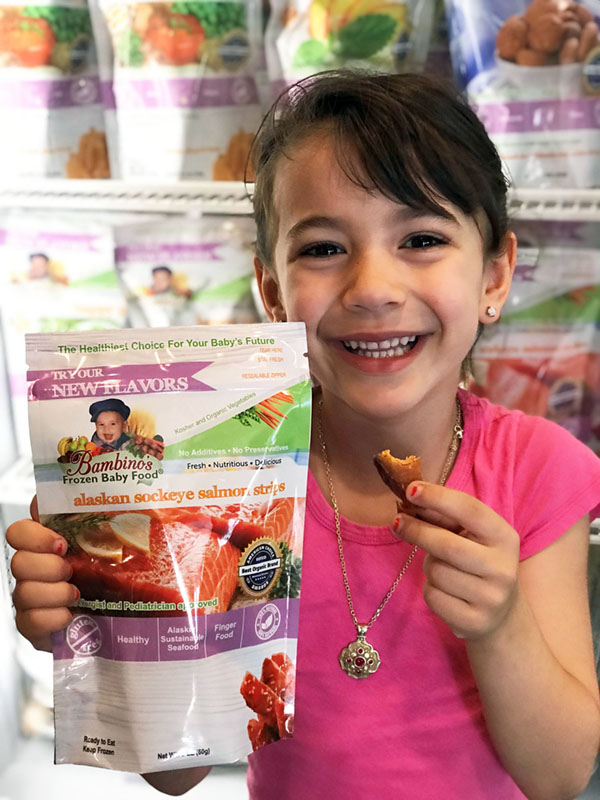Oceana Sues NMFS Over Sardine Rebuilding Plan
A lawsuit filed on behalf of the environmental protection and restoration entity Oceana against National Marine Fisheries Service contends that a current Pacific sardine rebuilding plan is not working, nor does it take into account the importance of a healthy sardine population to other species.
The lawsuit, filed by non-profit public interest organization Earthjustice on behalf of Oceana, notes that Pacific sardine numbers have dropped by over 98% since 2006, and according to a 2020 federal assessment the current population is only 28,276 metric tons. Historically when that population was healthy, its abundance measured in millions of metric tons, the lawsuit contends.
Ruth Howell, speaking for NMFS in California, said the agency had no comment at this time.
Sardines are an essential f...



